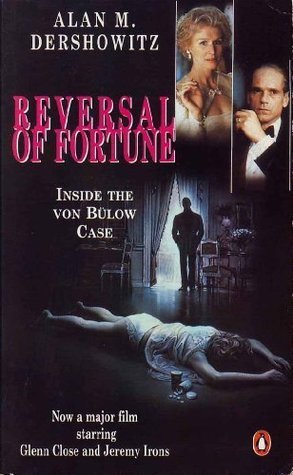What do you think?
Rate this book


304 pages, Paperback
First published January 1, 1986
A legal case is somewhat like a long unedited film containing thousands of frames, only a small portion of which ultimately appear on the screen as part of the finished product. The role of the legal system—police, prosecutor, defense lawyer, judge—is to edit the film for trial: to determine what is relevant for the jury to see, and what should end up on the cutting-room floor.
In a legal case, the memories of witnesses—particularly those with a stake in the outcome—tend to get better as time passes. Often their initial recollection of an event is hazy, because it’s not part of any coherent pattern of events or theory. While the theory begins to emerge, the memory begins to fit into it, losing some of the haze. As the trial approaches and the witnesses are coached and rehearsed, they tend to “remember” the event with even more clarity and less ambiguity. And eventually, what began as a hazy recollection becomes frozen into crystalline clarity. In the end, what is remembered is not even the event. It is the memory of repeating and clarifying the event through a process of enhanced certainty.